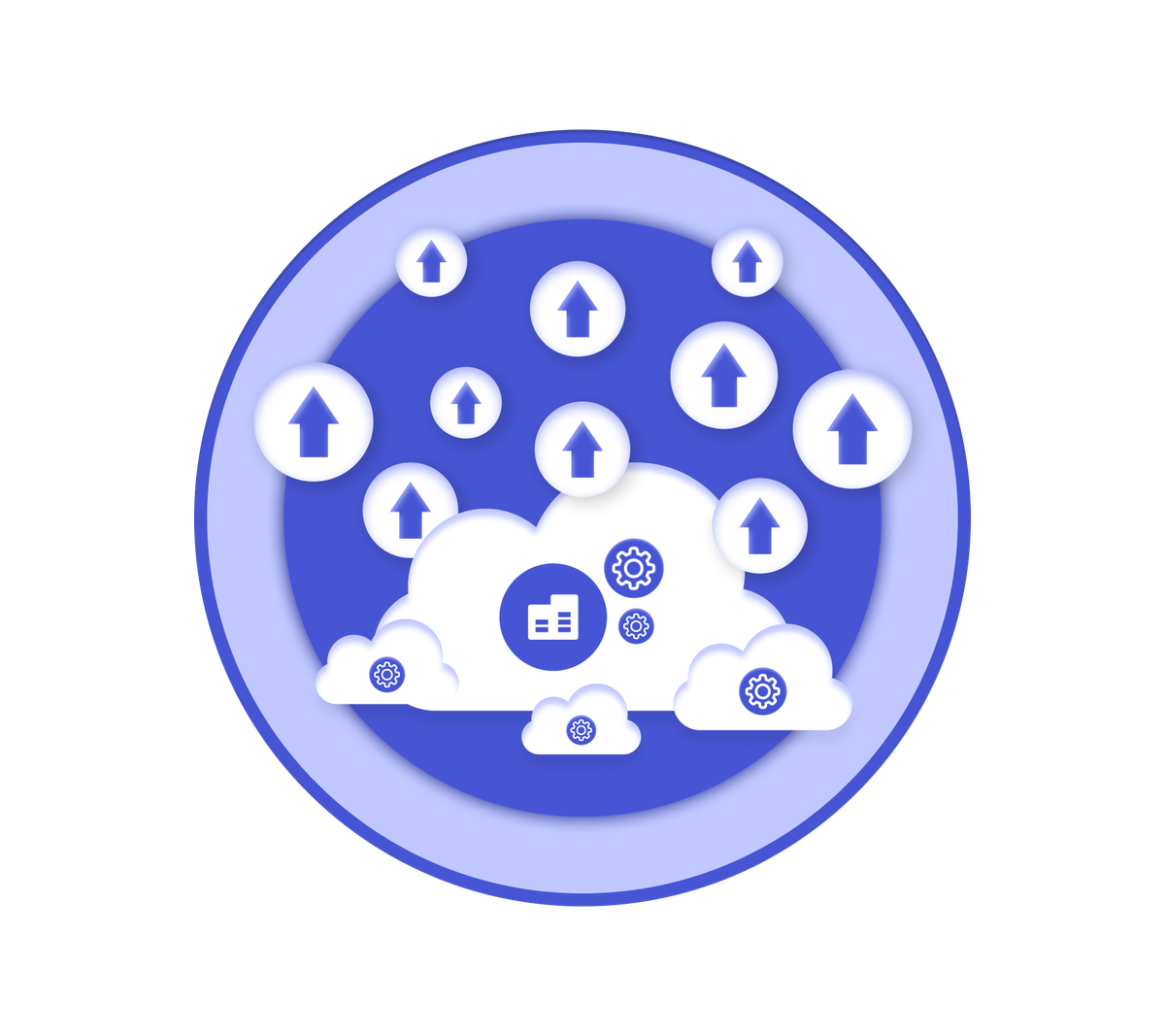In today's rapidly evolving technological landscape, cloud-based companies are leading the way in innovation. They harness the power of the cloud to drive scalability, agility, and efficiency in their operations. As these companies expand their digital footprints, there is a growing need for a holistic and integrated system that combines various operational aspects to optimize performance and ensure seamless cloud operations. In this blog, we will explore the potential of a Cloud Operations system that integrates FinOps, SecOps, AIOps, DevOps, based on the Well-Architected Framework (WAF), into a comprehensive system.
At the heart of this concept lies an enhanced real-time Configuration Repository that discovers and stores key aspects ofa Configuration Management Database (CMDB) while enhancing it with operational information. This repository not only collects and stores Configuration Item (CI) data for the cloud-based system but also includes financial, security, performance, and availability data necessary to support processes, reporting, decision-making, orchestration, and automation. The purpose of such an automated system is not only to complement traditional ITSM solutions but also to provide cloud-only companies with an intuitive cloud-native approach to address their operational needs.
Advantages of Cloud Operations:
1. Streamlined Operations:
Cloud Operations consolidates multiple operational disciplines into a single system, providing a unified view of the entire infrastructure. This integration promotes improved collaboration and communication across teams, reducing silos and enhancing operational efficiency.
2. Enhanced Decision-making:
With an enriched Configuration Repository at its core, Cloud Operations empowers organizations with critical data for informed decision-making. This centralized repository ensures that stakeholders have access to accurate and up-to-date information, facilitating better resource allocation, capacity planning, and risk management.
3. Orchestrated Automation:
The integration of various operational components enables automation at scale. CloudOperations automates routine tasks, eliminating manual effort, reducing errors, and allowing teams to focus on higher-value activities. Leveraging orchestration capabilities, companies can achieve consistent and reliable deployments and streamline their release management processes.
4. Continuous Improvement:
Cloud Operations embraces the principles of DevOps, fostering a culture of collaboration, agility, and continuous improvement. By integrating development and operations teams, organizations can accelerate thedelivery of new features and updates, ensure rapid incident response, and drive innovation throughout the software development lifecycle.
5. Governance and Compliance:
Cloud Operations addresses the critical aspects of governance and compliance within cloud-based companies. By centralizing control and visibility over infrastructure, security, and finance-related activities, organizations can enforce policies, ensure regulatory compliance, and mitigate risks effectively.
Risks of Cloud Operations:
1. Complexity:
Integrating multiple operational disciplines into a single system can introduce complexity. Organizations must invest in training and upskilling their workforce to ensure a smooth transition. Additionally, managing the interdependencies between different components of Cloud Operations may require specialized expertise.
2. Implementation Challenges:
Data migration from traditional ITSM and other systems to a Cloud Operations system requires careful planning and execution. Organizations need to consider data migration, system integration, and ensure compatibility with existing tools and processes. This transition may involve initial disruption and potential resistance from employees.
3. Potential Cost Increase:
While Cloud Operations offers numerous benefits, there may be associated cost increases. Integrating various operational components and maintaining an enhanced Configuration Repository may require additional investments in infrastructure, tools, and personnel. Organizations must carefully evaluate the long-term cost implications and weigh them against the potential advantages.
Mitigation of Risks:
These three risks can be mitigated by building a Cloud Operations platform designed to be prescriptive in the data contained in the Configuration Repository and integration interfaces with pre-defined integration architecture. A library of easily configured pre-defined integrations, expanding over time, would reduce complexity, implementation challenges, and contain costs.
Conclusion:
As cloud-based companies continue to drive innovation, the need for a comprehensive and integrated system that combines various operational disciplines becomes increasingly crucial. Cloud Operations, with its ability to merge FinOps, SecOps, AIOps, and DevOps into one cohesive platform based on WAF, offers numerous advantages for organizations. By leveraging an enhanced Configuration Repository at its core, Cloud Operations provides critical data to support decision-making, orchestration, automation, governance, and compliance. While challenges may arise during implementation, thebenefits of streamlined operations, enhanced decision-making, orchestrated automation, and improved governance make Cloud Operations a compelling proposition for cloud-based companies seeking to optimize their performance and drive innovation in the digital era.

